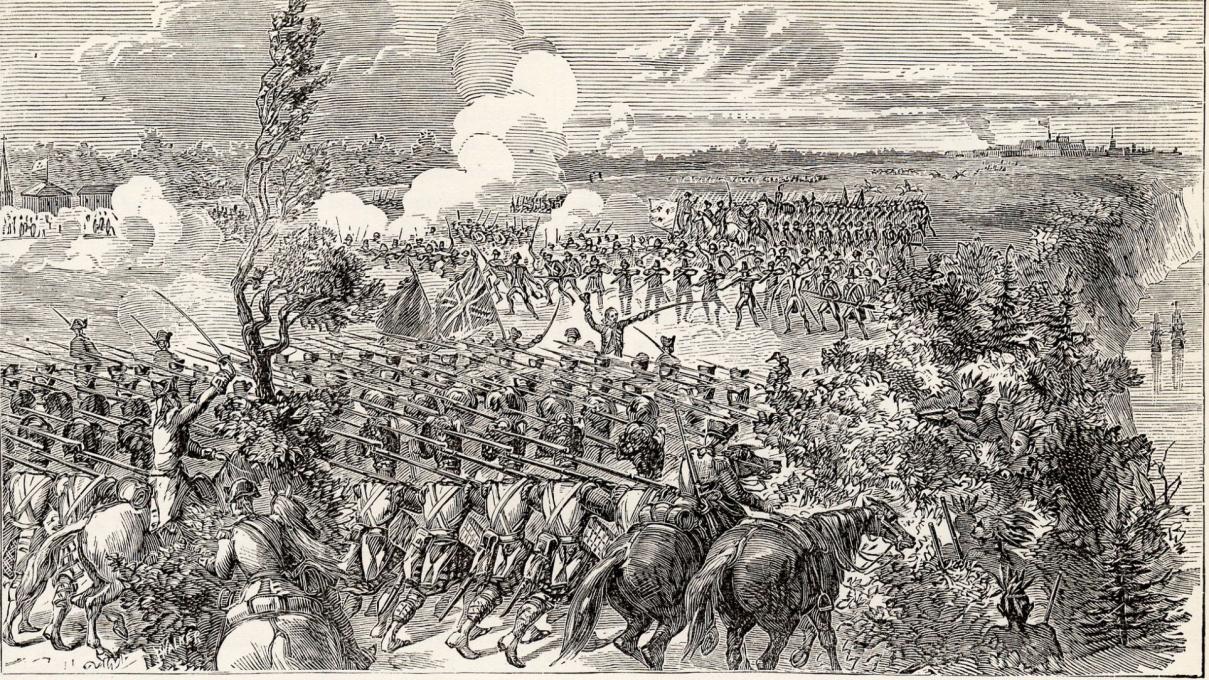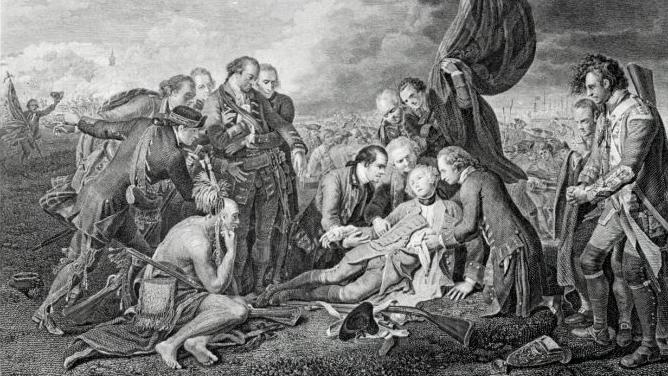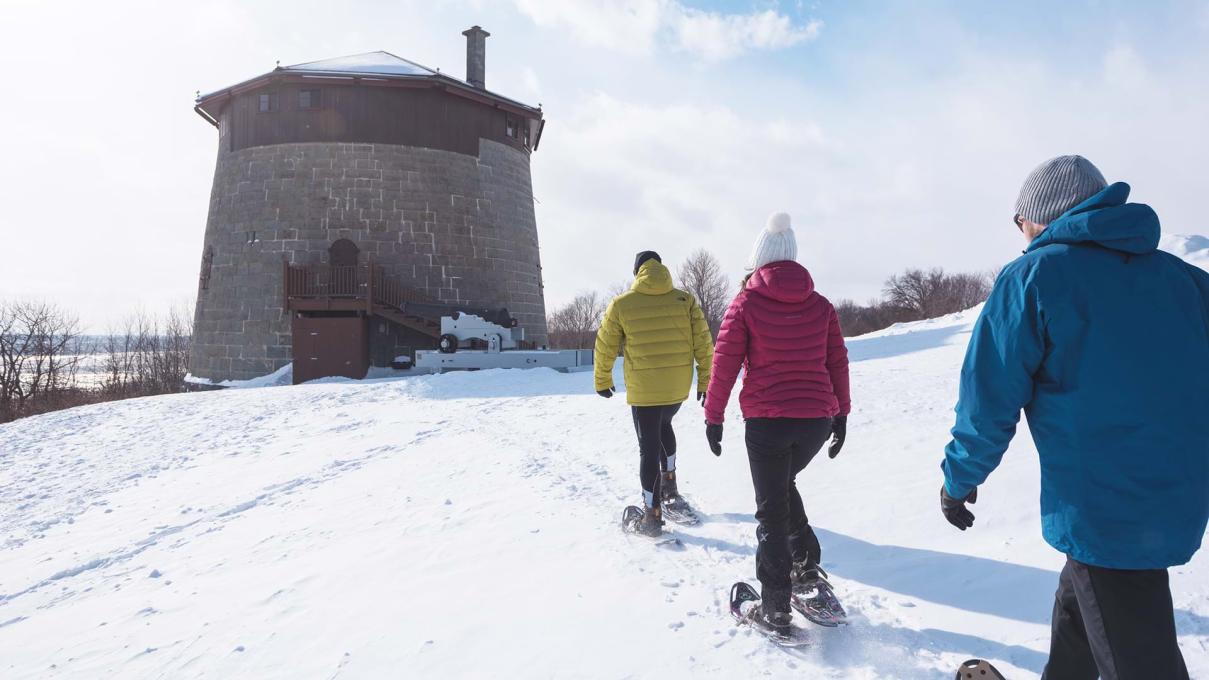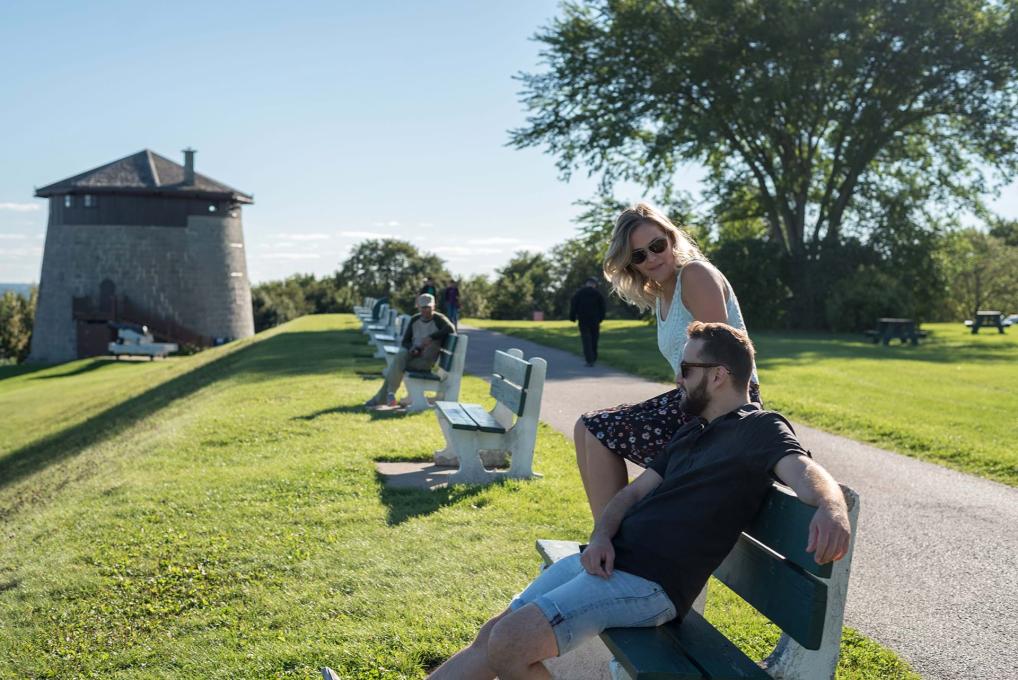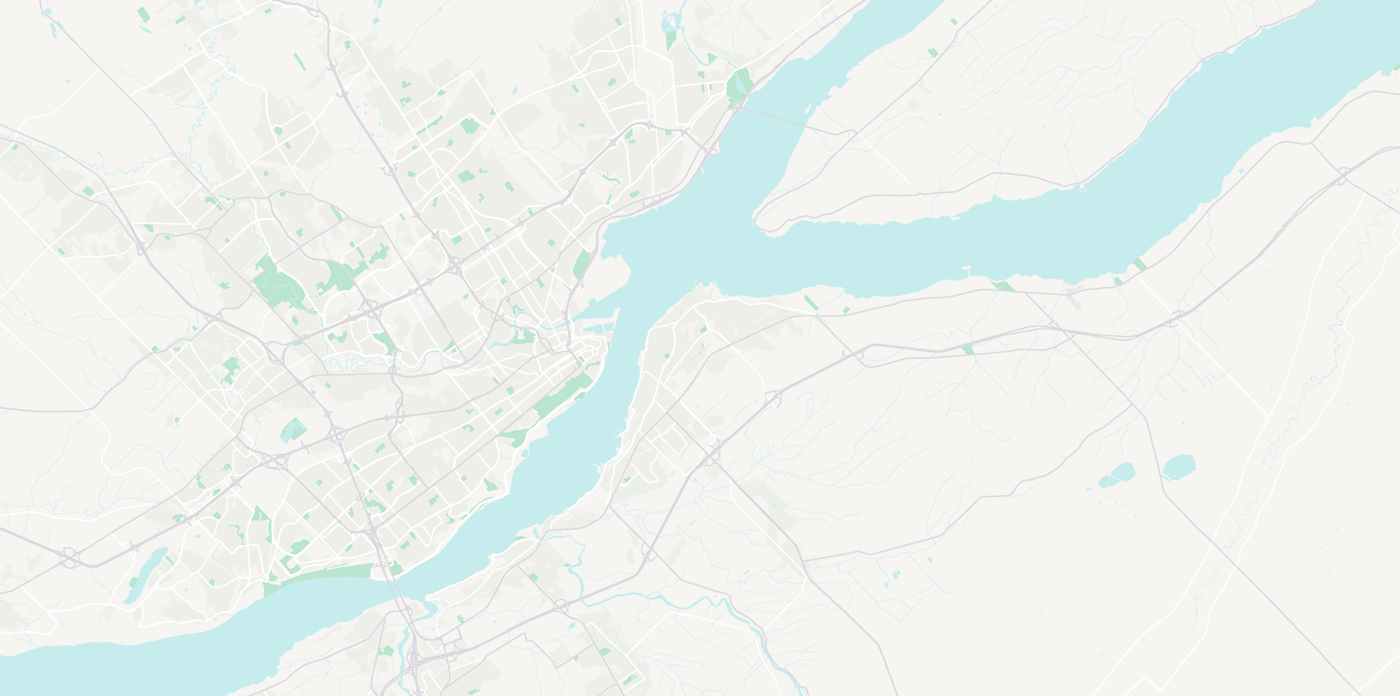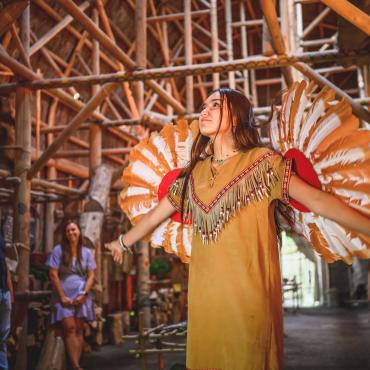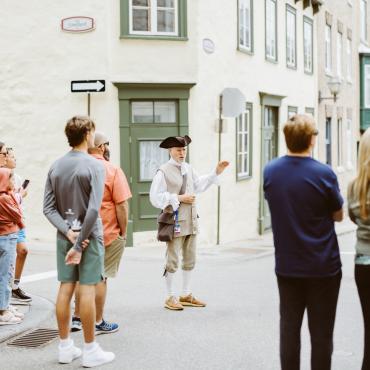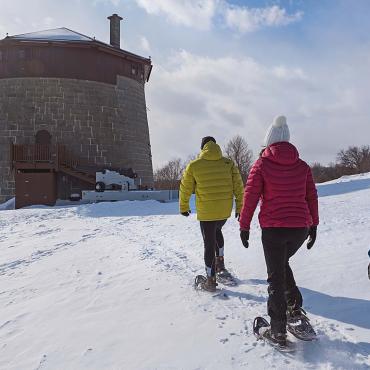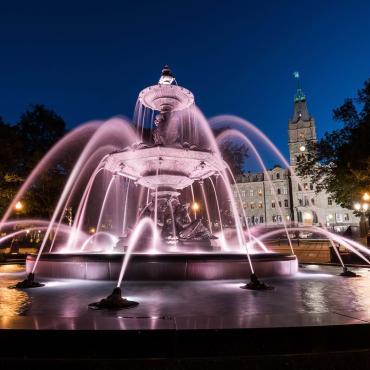Battle of the Plains of Abraham
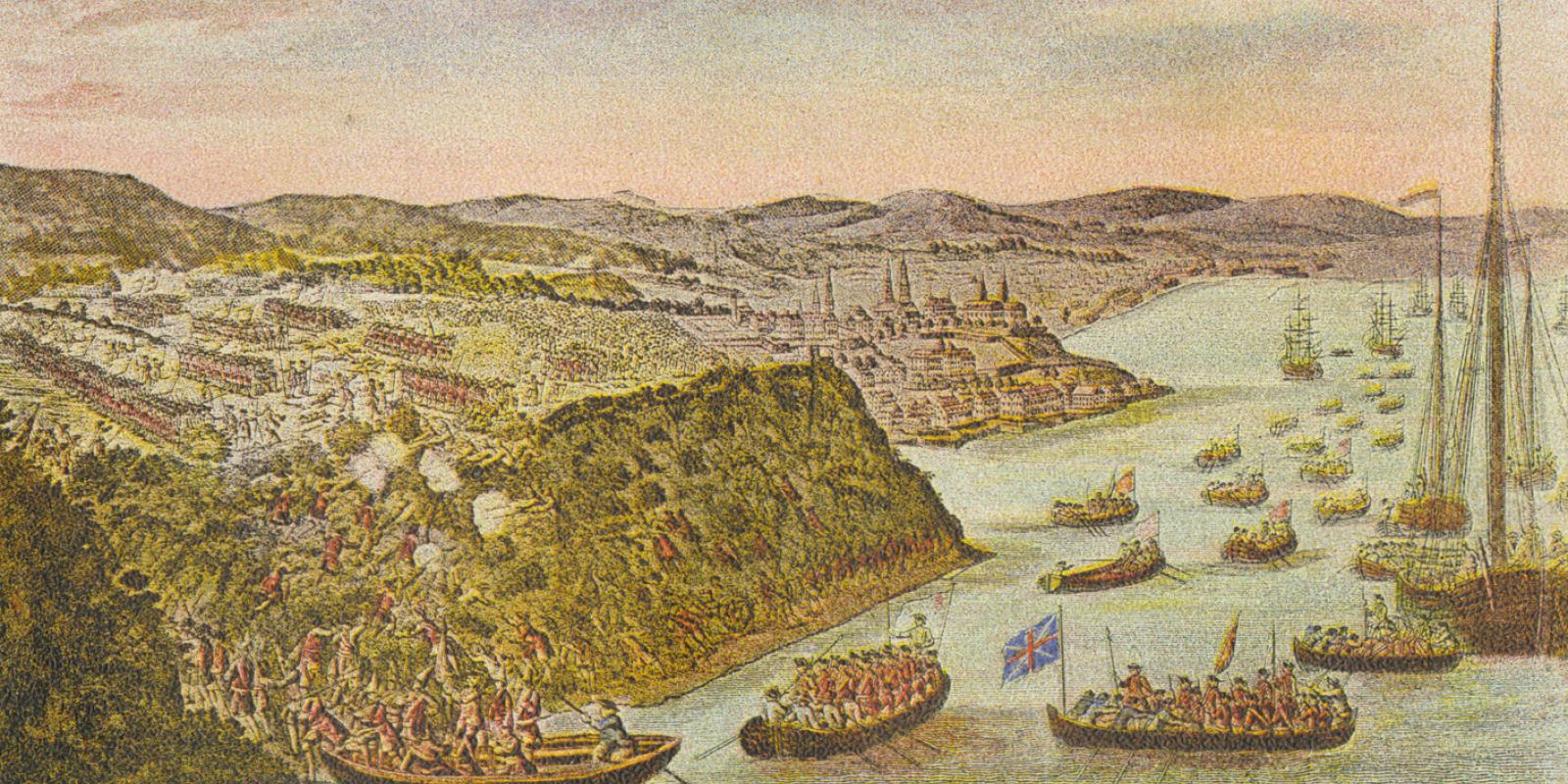
The fate of New France was decided on September 13, 1759, in Québec City, on the Plains of Abraham. The famous battle of Québec pitted French troops against English, with their respective Generals Louis‑Joseph de Montcalm and James Wolfe leading the charge. What most people don’t know is that the battle was part of a global conflict. Let’s revisit this turning point in the war between the French and the English (more precisely the British), also known as the French and Indian War.
Why Did the Battle of Québec Happen?
In the middle of the 18th century, France and Great Britain were both out to dominate European trade. Their rivalry played out on the ground in North America, sparking an official conflict between the two countries in 1756. The French–English war that ensued was waged on three continents: America, Europe, and Asia.
Why Québec City?
Québec City was the capital of New France, the French colonial empire in North America and the seat of the only Catholic diocese north of Mexico. Whoever held that strategic location could effectively control access to the entire colony. The British planned an invasion of the St. Lawrence River Valley—the heart of New France—with three different points of attack, including Québec City. Determined to capture the capital, they sent 30,000 soldiers and seamen. The French monarchy had every intention of defending their seat of power in North America, but their troops were tied up fighting in continental Europe and the supremacy of the British navy limited their ability to send reinforcements.
Where was the Battle of the Plains of Abraham fought?
Wolfe and his men were in Québec City waters by June. They spent an unsuccessful summer trying to gain a foothold on the north shore, but were consistently repelled by Montcalm and his troops. Given the impossibility of taking the city, the British General resolved to destroy it, and set about bombarding it from the south shore.
But as the cold weather approached, the need for a decisive victory grew and on September 12, 1759, the British landed at Anse au Foulon, slightly upriver of Québec City. Only the next morning did the French learn to their dismay that over 4,000 British soldiers had succeeded in scaling the cliffs of Cap Diamant up to the promontory known then as “Abraham Heights,” since the fields had belonged to Abraham Martin in the 17th century.
Who Won the Battle of the Plains of Abraham?
In less than 30 minutes, the French troops were defeated and had retreated to Beauport. General Wolfe and General Montcalm were both mortally wounded during the battle and Québec surrendered a few days later. Although there was fighting all along the promontory, the two main lines of soldiers clashed along a mere strip of the Plains of Abraham running from present‑day Rue Turnbull to Avenue Bourlamaque.
The Consequences for Québec City
The siege left Québec City in a sorry state. But it did remain the capital of the new province of Québec. And the British, having recognized its strategic location, completed the defensive system begun by the French.
The arrival of an English, Protestant community in the years that followed had a lasting effect on Québec. The city was integrated into the political, economic, and cultural life of the British empire. It gradually developed a British parliamentary system and its lumber industry flourished in the 19th century, buoyed by the winds of British trade. At a deeper level, Québec was profoundly influenced by the introduction of a new language, a new religion, and new ways of doing things, particularly where its architecture was concerned. Indeed, the city’s built environment, with French and English architectural traditions side by side, is unique in the Americas.
The Plains of Abraham Today
Today, the Plains of Abraham have been transformed into an urban park that covers a large portion of the battlefield. Exhibitions and cultural activities give visitors the chance to retrace key moments in the battle of September 13, 1759, and follow the people involved. It’s also a great playground for a variety of sports and a lovely place to relax under the shade of majestic trees near magnificent gardens.
